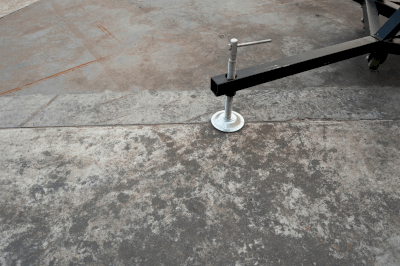What Is a Leveling Mount?
 A leveling mount is a mechanical component that adjusts the height or maintains the level of machinery and equipment.
A leveling mount is a mechanical component that adjusts the height or maintains the level of machinery and equipment.
Also known as leveling pads or adjuster bolts, these devices enhance stability and precision.
For portable applications, leveling mounts with casters are used. These mounts lift the casters for stability during operation.
Some designs include non-slip or anti-vibration rubber bottoms for added functionality.
Uses of Leveling Mounts
Leveling mounts are crucial in industrial settings, supporting machinery such as machine tools, packaging machinery, and conveyor systems. They are also used in office environments, supporting desks, and other office appliances. Their design varies from lightweight to heavyweight, depending on the load capacity required.
They are essential for precision instruments and processing machines, allowing for accurate installation on uneven surfaces. Angle-adjustable mounts provide versatility for both level and inclined setups.
Principle of Leveling Mounts
Leveling mounts consist of a floor-contact base, a height-adjustable bolt, and a securing nut. Available in heavy-weight and medium-light-weight models, they should be chosen based on equipment weight. Load capacity may be measured in dN or N.
Height adjustment is achieved by turning a nut on the base, followed by securing the bolt with a double-nut mechanism.
While typically adjusted with a wrench, some mounts allow for top adjustment using a flathead screwdriver, enhancing ease of use.